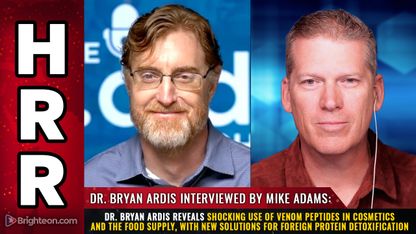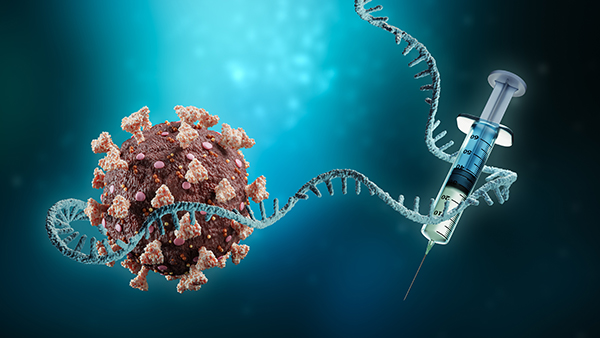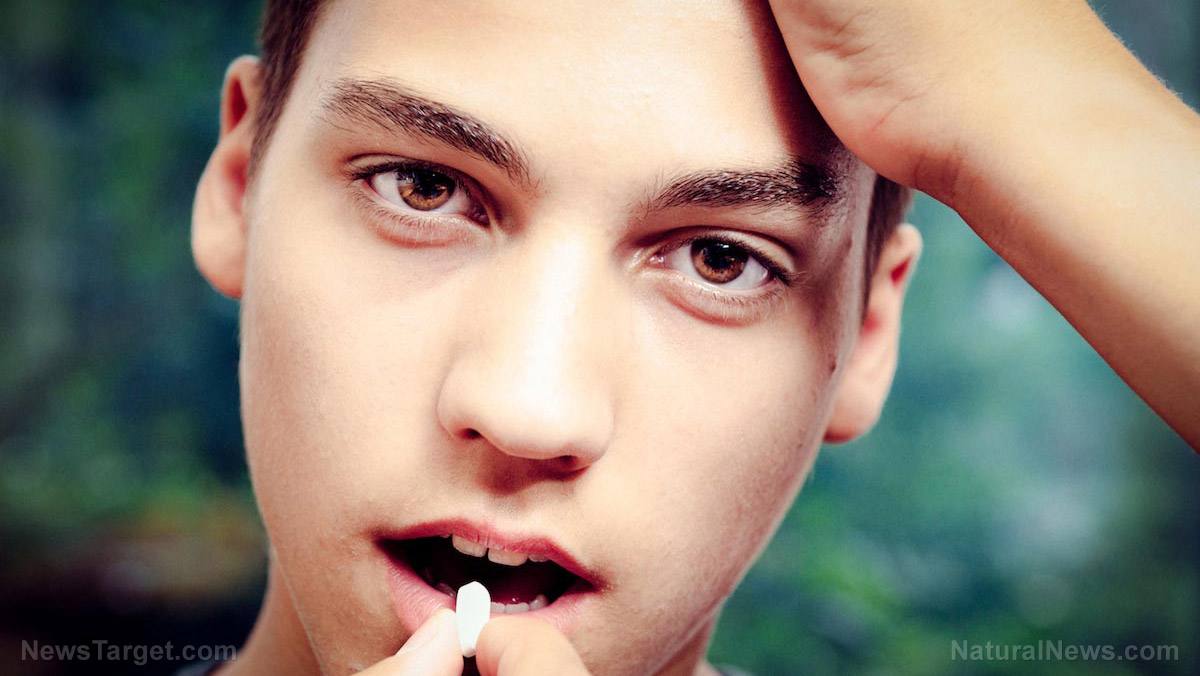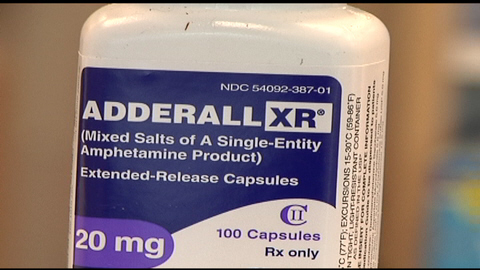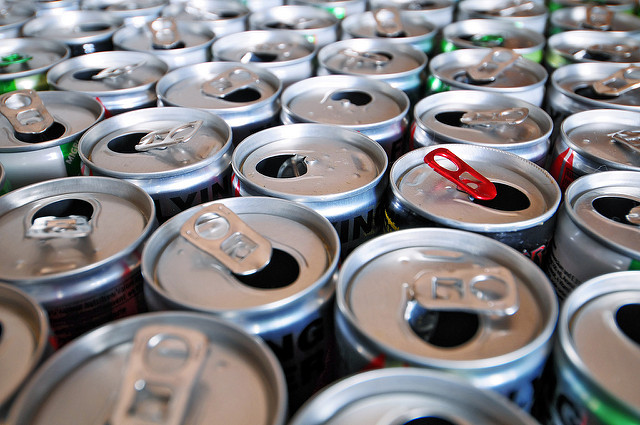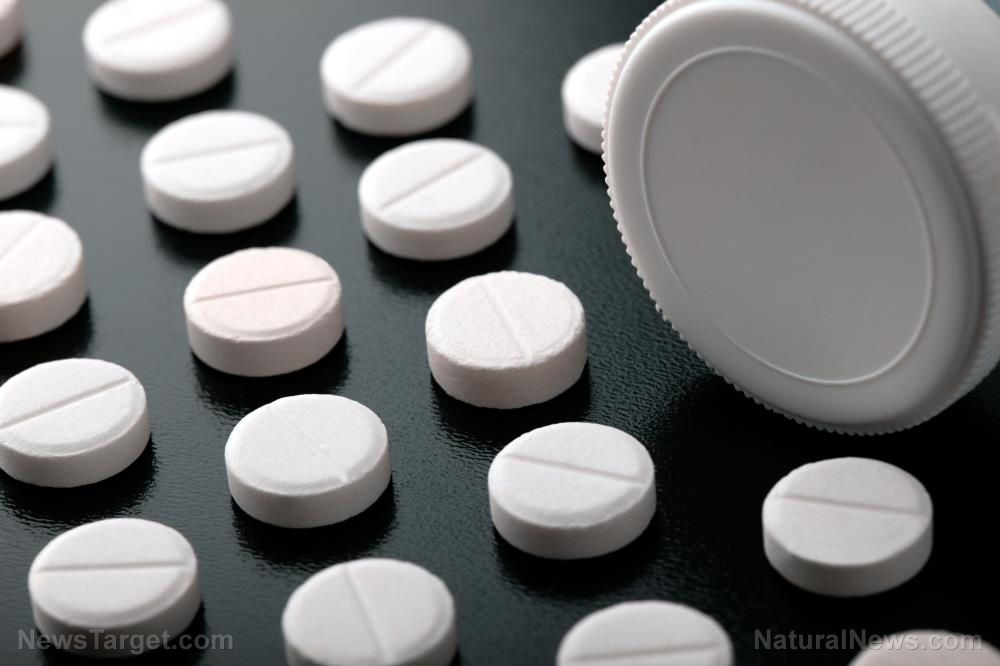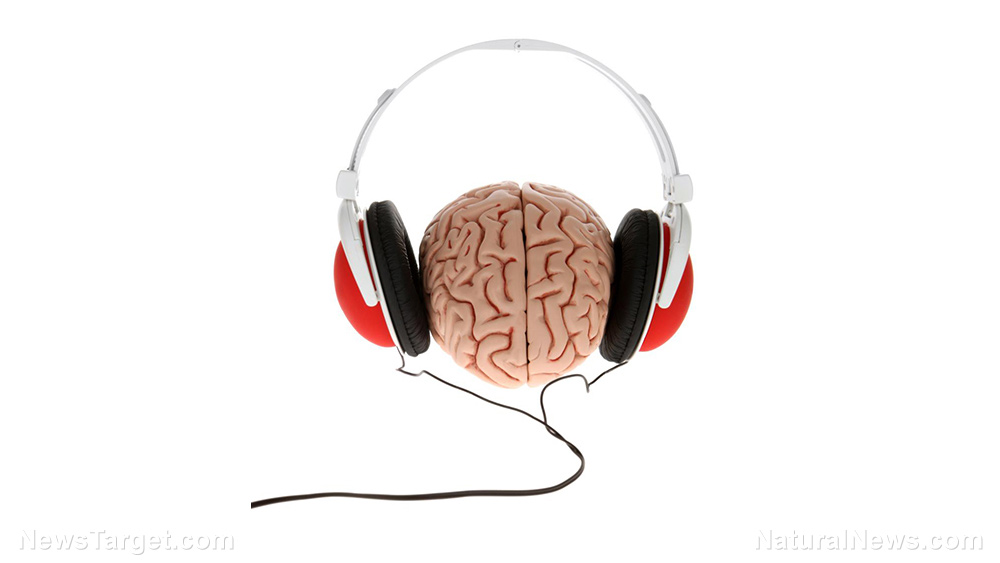
Many processed foods consumed in the U.S. contain food dyes. Red dye 40, a color additive made from petroleum, is one of the most commonly used food dyes approved by the U.S. Food and Drug Administration (FDA) for use in beverages, candy, cereals, dairy products and puddings in the country. (Related: 70,000 food additives approved by the FDA - What you don’t know will hurt you.)
Most children don't experience adverse effects from color additives in their food. However, certain children may be more sensitive to these additives than others.
Food coloring and behavioral issues in children
The effect of artificial food colors (AFCs) on child behavior has been studied for more than 35 years.
A meta-analysis published in the Journal of the American Academy of Child & Adolescent Psychiatry indicated that consuming foods with red dye may worsen symptoms in some children with attention-deficit/hyperactivity disorder (ADHD).
Researchers suggested that for these children, eliminating red dye from their diets may reduce ADHD symptoms – described as exhibiting:
- A pattern of making mistakes
- Avoidance of tasks that require focus
- Carelessness or lack of attention to detail
- Daydreaming and the appearance of not listening
- Difficulty taking turns
- Disorganization
- Excessive talking
- Risky behaviors
- Trouble getting along with other kids
- Trouble sitting still, fidgeting and squirming
- Trouble staying on task
The American Academy of Pediatrics (AAP) estimated that about 9.4 percent of children in the U.S. ages 2 to 17 have been diagnosed with ADHD – having behavior problems that are so frequent and severe that they interfere with their ability to function adequately on a daily basis.
A 2012 study published in Neurotherapeutics noted that while AFCs are now the main cause of ADHD, they may significantly contribute to some cases. In some cases, these AFCs may push a youngster over the diagnostic threshold.
One of the interim working conclusions of the study stated that there may conceivably be a possible deleterious effect on classroom climate from most children deteriorating slightly, thus additively or even synergistically impairing the learning atmosphere.
Researchers concluded that the current status of evidence was inconclusive "but too substantial to dismiss" and suggested minimizing children’s exposure to AFCs until safety can be better determined.
A 2021 report released by the state of California – with contributors from the University of California, Berkeley and the University of California, Davis – confirmed the long-suspected belief that the consumption of synthetic food dyes can cause hyperactivity and other neuro-behavioral issues in some children.
The report also found that federal rules for safe amounts of consumption of synthetic food dyes do not reflect the most current research and may not be protecting children’s behavioral health.
Over the past 20 years, the percentage of American children and adolescents diagnosed with ADHD has increased from an estimated 6.1 percent to 10.2 percent.
Concerns over ADHD and other behavioral disorders led the California Legislature to ask the California Environmental Protection Agency's Office of Environmental Health Hazard Assessment (OEHHA) to conduct the report, which is based on two years of extensive evaluation of existing studies on the seven synthetic food dyes currently approved by the FDA.
"Evidence shows that synthetic food dyes are associated with adverse neuro-behavioral outcomes in some children," said OEHHA Director Lauren Zeise.
"With increasing numbers of U.S. children diagnosed with behavioral disorders, this assessment can inform efforts to protect children from exposures that may exacerbate behavioral problems," Zeise added.
Researchers found that all of the FDA’s Acceptable Daily Intake levels (ADIs) for synthetic food dyes are based on 35- to 70-year-old studies that were not designed to detect the types of behavioral effects that have been observed in children.
Comparisons with newer studies indicate that the current ADIs may not adequately protect children from behavioral effects.
Another study published in the American Journal of Psychiatry found that artificial food colors likely increase hyperactivity symptoms in some children with ADHD and that food colors worsen symptoms of asthma, eczema and migraines.
Researchers suggested that it is possible that up to 33 percent of children may benefit from a diet without color additives in food. (Related: Remove food additives from hyperactive children’s diets, experts suggest.)
Current studies have examined the effect of red dye 40 on children, but it is possible that red dye 40 could also affect adults with ADHD.
In a small pilot study of college students with ADHD published in Nutritional Neuroscience, the authors concluded that artificial food colorings may affect brainwave activity and ADHD symptoms in college students but that larger studies are needed to confirm these results.
Safe and natural alternatives to red dye 40
To avoid red dye 40, it’s best to make foods from scratch instead of opting for processed versions, especially foods that appear red or pink, including breakfast cereal, cakes, candy, chips, energy drinks, flavored dairy products, fruit snacks, granola bars, jell-o, soda and sports drinks.
This is not always convenient or even possible for many families, but choosing natural alternatives when you can is worth it. Consider the following:
Buy uncolored beverages and snacks. Be a responsible consumer and always look at the ingredients list of food and beverage packages. Steer clear of the ones that list red dye or other artificial dyes and colorings.
Recognize red dye 40 on nutrition labels. Red dye 40 may appear as one of the following names – artificial colors, artificial color added, FD&C red no. 40, FD&C red no. 40 aluminum lake, red dye 40 and red 40 lake.
Make your own 'red' recipes. Use natural ingredients like beet juice, cabbage, cherries, cranberry juice or another potent red fruit color in your food.
Annatto seeds offer a natural and vibrant alternative to red dye 40 and can be incorporated into your favorite snacks and food as annatto oil, annatto seed infusions and powdered annatto.
For more articles like this, visit FoodScience.news.
Watch the following video about food additives, which are poorly regulated by the FDA.
This video is from the Health Medicine channel on Brighteon.com.
More related stories:
Food additives found to cause hyperactivity in children.
Sources include:
OEHHA.ca.gov [PDF]
Please contact us for more information.







